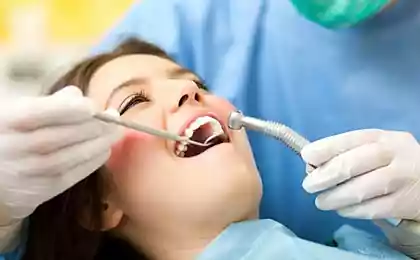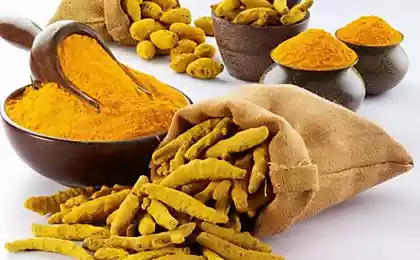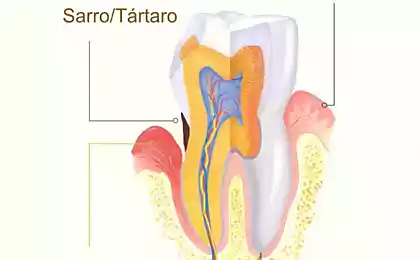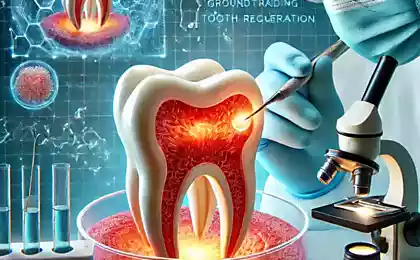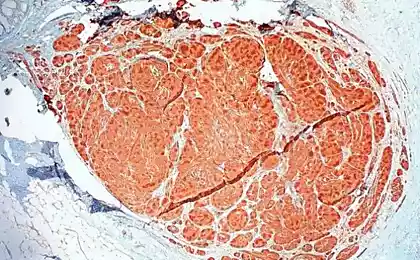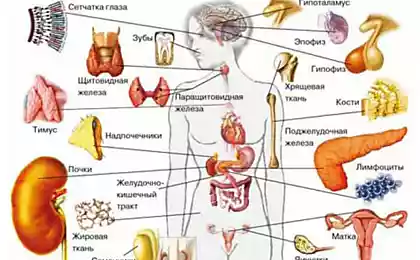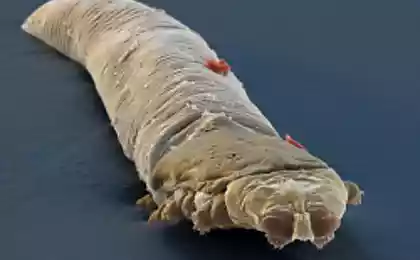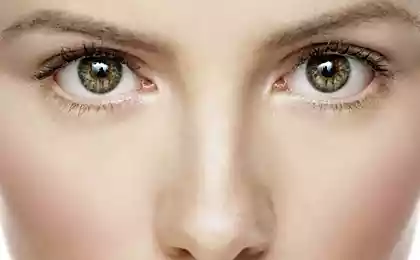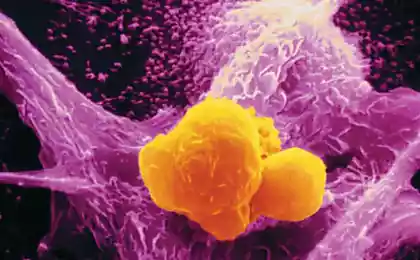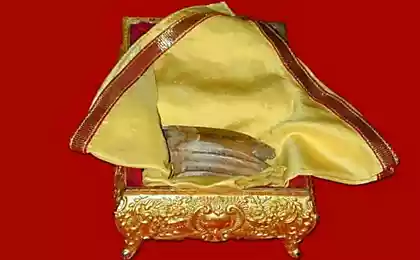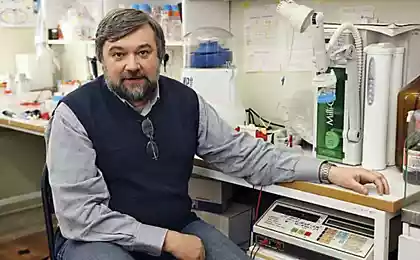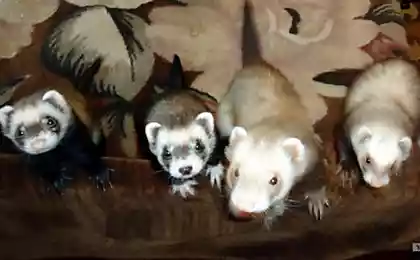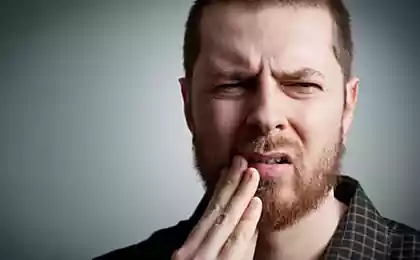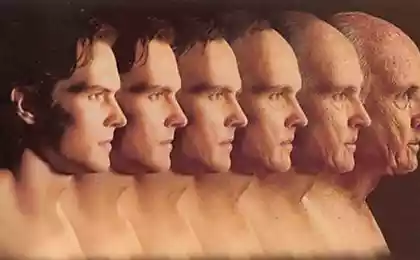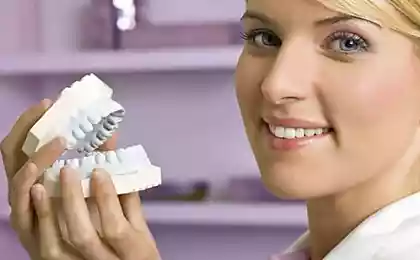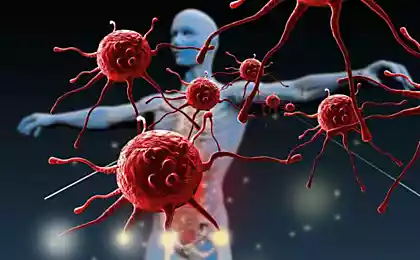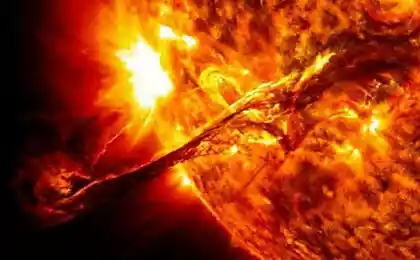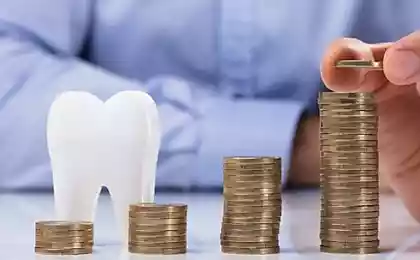163
Dental Regeneration: The End of the Implant Era?

Description: How biotechnologies are rewriting the rules of dentistry, from growing teeth in vivo to revolutionary enamel gels. Analysis of breakthroughs that will make implants a thing of the past.
When science surpasses nature
In 2025, Japanese scientists began clinical trials of a drug that stimulates the growth of new teeth by suppressing the USAG-1 gene. Just one injection – and the body starts processes identical to natural odontogenesis. This breakthrough calls into question the future of the $9 billion dental implant market.
The Three Whales of Regenerative Dentistry
- RNA therapyReprogramming of pulp cells
- Biomimetic frameworks3D structures of collagen and hydroxyapatite
- Genetic engineeringActivation of “sleeping” stem cells in the jawbone
 4747
4747The experiment that turned the paradigm
In 2024, an international team of scientists grew hybrid teeth in the jaws of mini-pigs using scaffolds and human stem cells. The results showed:
- Periodontal ligaments in 68% of cases
- Spontaneous innervation in 9 weeks
- Natural integration with bone tissue
Comparative analysis of methods:
ParameterImplantsRegenerationLife 10-15 yearsLifetimeBiocompatible65%98% Cost €1,000-5000€3000+ (forecast)
Enamel 2.0: self-healing instead of fillings
Swiss gel InnoDent, containing synthetic amelogenin, restores enamel in 48 hours through biomineralization. The technology is already being used in 37 countries to treat initial caries.

Glossary
Odontogenesis The process of tooth formation in embryogenesis
Pulp stem cells Multipotent cells in dental pulp
Biomimetics Imitation of natural processes in technology
USAG-1 Gene inhibitor of tooth growth in mammals
